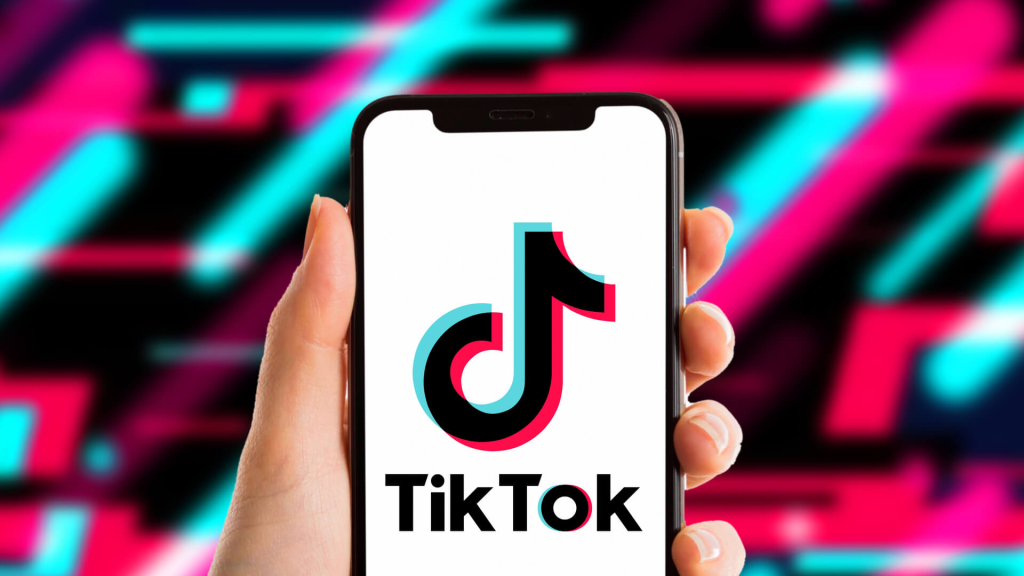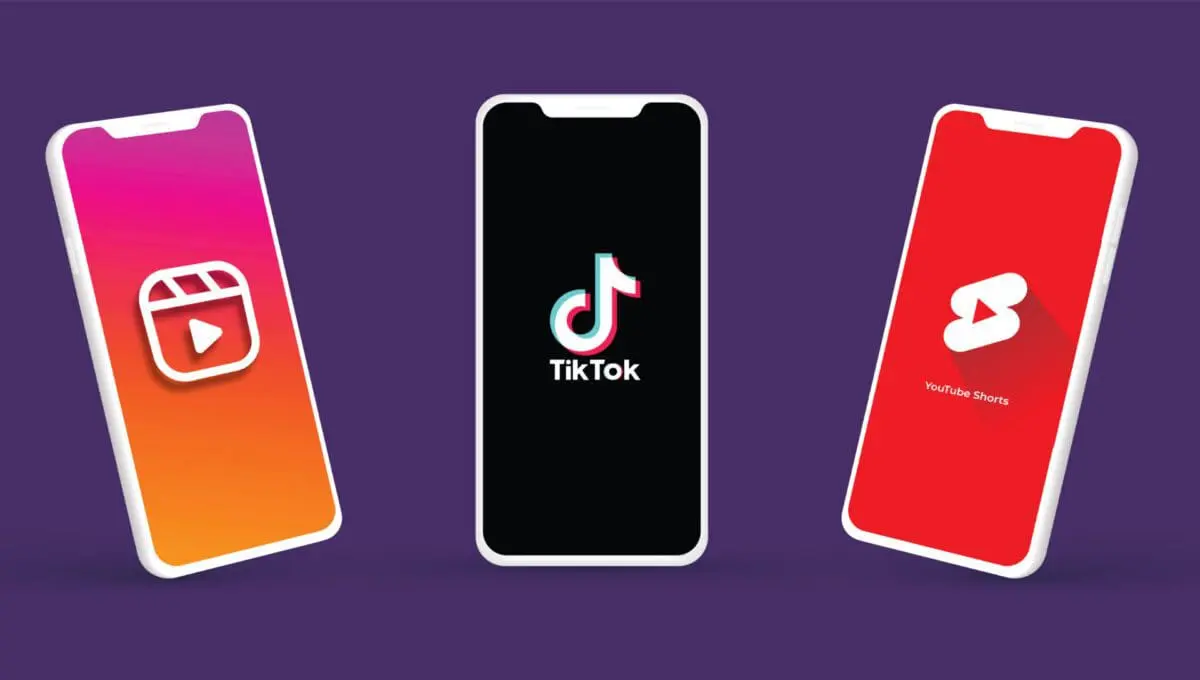In recent years, how we consume content has dramatically shifted. The days of long, attention-demanding articles and lengthy videos are replaced by quick, easily digestible content. This rise of short-form content has reshaped the digital landscape, with platforms like TikTok leading the charge. But it doesn’t stop there. Other social media platforms are also adopting short-form video features. In this article, we’ll explore the impact of short-form content, the reasons behind its popularity, and the future of this content format.
What Is Short-Form Content?
Short-form content refers to digital media that is concise and quick to consume. Typically, these pieces of content are under a few minutes long, often just seconds, and designed for rapid engagement. This includes videos, images, text snippets, and more. The hallmark of short-form content is its ability to capture attention quickly and deliver value almost instantly.
Platforms like TikTok, Instagram, and YouTube Shorts have been instrumental in the rise of short-form content. These apps thrive on fast-paced, efficiently shareable videos often designed to go viral. Unlike long-form content that requires a more significant time commitment from the viewer, short-form content fits seamlessly into today’s fast-scrolling, distracted world.
TikTok
TikTok is the platform that comes to mind when we talk about short-form content. Since its launch in 2016, TikTok has completely revolutionized how people create and consume content. The app’s algorithm and user-friendly interface have made it easy for anyone to create and share videos, regardless of experience. With its 15-second to 3-minute video format, TikTok is the perfect example of how short-form content can captivate millions worldwide.

The Power of TikTok’s Algorithm
TikTok’s algorithm is one of the driving forces behind its success. The “For You” page personalizes content recommendations based on user interaction, ensuring people are exposed to videos that match their interests. This level of personalization leads to higher engagement, as viewers are more likely to watch, like, share, and comment on videos they feel are relevant to them. The algorithm also helps content go viral, allowing creators to reach a massive audience even if they have just started.
Trends and Virality
TikTok is synonymous with viral trends. Challenges, dances, and memes spread like wildfire, often influencing other social media platforms. The ability for videos to go viral within hours has helped creators gain immense followers in a short amount of time. The quick, looped nature of the videos also encourages rewatching, which further boosts engagement and virality.
User-Generated Content (UGC)
One of TikTok’s defining features is its emphasis on user-generated content. Unlike traditional media, where production quality often takes precedence, TikTok thrives on authenticity and creativity. Users don’t need professional cameras or equipment, just a smartphone and a bit of imagination. This accessibility has contributed to the explosion of TikTok’s user base, particularly among younger generations.
The Shift to Other Platforms
While TikTok may have been the pioneer, other platforms quickly adopted short-form video features to keep up with the trend. Instagram introduced Reels in 2020, and YouTube launched Shorts shortly after. Even Twitter experimented with its version called Fleets, though it was short-lived.
Instagram Reels
Instagram Reels allows users to create 15-second to 60-second videos that can be enhanced with music, effects, and text. The integration of Reels within the existing Instagram ecosystem gives it an edge over TikTok, as users can easily share their short-form videos with their existing followers. Reels have become a vital tool for creators and brands looking to reach a broader audience, delivering similar functionality to TikTok’s viral videos.

YouTube Shorts
YouTube Shorts, launched in 2020, shows a similar experience to TikTok and Instagram Reels. The feature allows users to upload 15-second to 60-second vertical videos. YouTube’s massive user base and existing platform for long-form content make it an excellent home for short-form videos. Shorts are a great way for creators to tap into a new audience while still having access to YouTube’s monetization options, like ads and Super Chats.
Twitter Fleets
Twitter introduced Fleets in 2020 as a direct response to Stories on Instagram and TikTok. Fleets were temporary posts that disappeared after 24 hours. However, despite the initial hype, Twitter decided to discontinue the feature in 2021, acknowledging that it didn’t resonate with users as strongly as hoped. While Fleets are gone, the experiment showed that even traditional social media platforms are trying to adapt to the growing demand for short-form content.

Why Is Short-Form Content So Popular?
The surge in popularity of short-form content can be attributed to several factors that align perfectly with modern digital behavior.
1. Attention Span
The modern attention span is shorter than ever, partly due to the rise of social media and constant notifications. According to research, people are more likely to engage with bite-sized content that doesn’t require considerable time. This is where short-form content excels, delivering instant gratification and entertainment in under a minute.
2. Ease of Creation
Creating short-form content doesn’t require expensive equipment or a professional team. Anyone can create and upload content to platforms like TikTok or Instagram with a smartphone. This democratization of content creation has led to a surge in participation as more people feel empowered to share their stories, talents, and creativity with the world.
3. Shareability
Short-form content is highly shareable. Short videos are easy to share with friends and followers if it’s a funny meme, a viral challenge, or an educational tip. This shareability contributes to the viral nature of short-form content, helping it reach a global audience within hours.
4. Mobile-Friendly
The rise of smartphones has made mobile-friendly content more important than ever. Short-form videos are optimized for mobile viewing, making them perfect for users. Short-form content fits into daily life if you’re commuting, waiting in line, or taking a break.
The Future of Short-Form Content
As short-form content grows, its impact on the digital landscape will only increase. Many experts believe that the future of content creation lies in micro-content—short, bite-sized pieces of media that deliver information or entertainment quickly and efficiently.
1. Integration of E-Commerce
Platforms like Instagram and TikTok have already incorporated e-commerce into their short-form videos, allowing users to shop directly from the videos. This trend will likely expand, with more brands and creators using short-form content to sell products and services seamlessly.
2. Monetization Opportunities for Creators
As platforms like TikTok, YouTube, and Instagram evolve, creators will have more opportunities to monetize their short-form content. From ad revenue to brand partnerships and fan donations, creators will have more ways to make money from their videos.
3. Increased Use of Augmented Reality (AR) and AI
We can expect to see more interactive and engaging short-form content as technology advances. Augmented reality (AR) filters and artificial intelligence (AI) tools are already being used to enhance videos, and these technologies will only improve, making content creation more dynamic and engaging.
4. A Shift in Traditional Media
Short-form content has already begun to influence traditional media. Television networks and streaming platforms are experimenting with shorter episodes and interactive content, catering to an audience that prefers quick, bite-sized entertainment.
Conclusion
The rise of short-form content, spearheaded by TikTok and adopted by other platforms like Instagram and YouTube, has changed how we engage with digital media. Its popularity can be attributed to its ability to cater to shorter attention spans, ease of creation, and shareability. As this trend grows, short-form content will likely play an even more significant role in consuming media, interacting with brands, and creating content.
Frequently Asked Questions (FAQs)
Q1: What is short-form content?
Short-form content refers to concise media that typically lasts under a few minutes. It includes videos, images, or texts designed to be quick and easily consumed. Platforms like TikTok, Instagram Reels, and YouTube Shorts are popularizing this format.
Q2: Why is TikTok so popular for short-form content?
TikTok’s popularity stems from its user-friendly platform, short video format, and algorithm that personalizes content based on individual preferences. It has also created a space for creative expression, making it easy for anyone to create viral content with a smartphone.
Q3: How can short-form content help businesses?
Short-form content can boost brand visibility and engagement. Businesses can use platforms like TikTok and Instagram Reels to create quick, eye-catching videos that resonate with target audiences, promote products, and increase sales. The shareability of short-form content also helps businesses reach a wider audience.
Q4: Can short-form content be monetized?
Yes, creators can monetize short-form content through advertising, brand partnerships, affiliate marketing, and fan support. Many platforms, like TikTok and YouTube Shorts, allow creators to earn revenue from their videos.
Q5: Is short-form content effective for learning and education?
Short-form content is an effective tool for education, as it allows educators to break down complex topics into digestible pieces. Platforms like TikTok are increasingly used for educational content, with many users learning skills and gaining knowledge through quick, engaging videos.
Q6: How does short-form content impact traditional media?
Short-form content has significantly impacted traditional media, leading networks and streaming services to experiment with shorter episodes and interactive formats. This shift reflects the growing demand for quicker, more accessible content from audiences.
Q7: Will short-form content remain popular in the future?
Yes, short-form content is expected to continue growing. As technology advances, platforms will integrate new features like augmented reality and interactive tools, making short-form content even more engaging and engaging for users.
Q8: How do platforms like Instagram Reels and YouTube Shorts compare to TikTok?
Instagram Reels and YouTube Shorts deliver similar short-form video features to TikTok. While TikTok is still the leader, these platforms allow users to create and share short videos, benefiting from their special algorithms and massive user bases.
